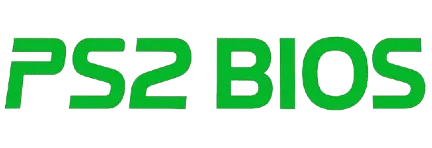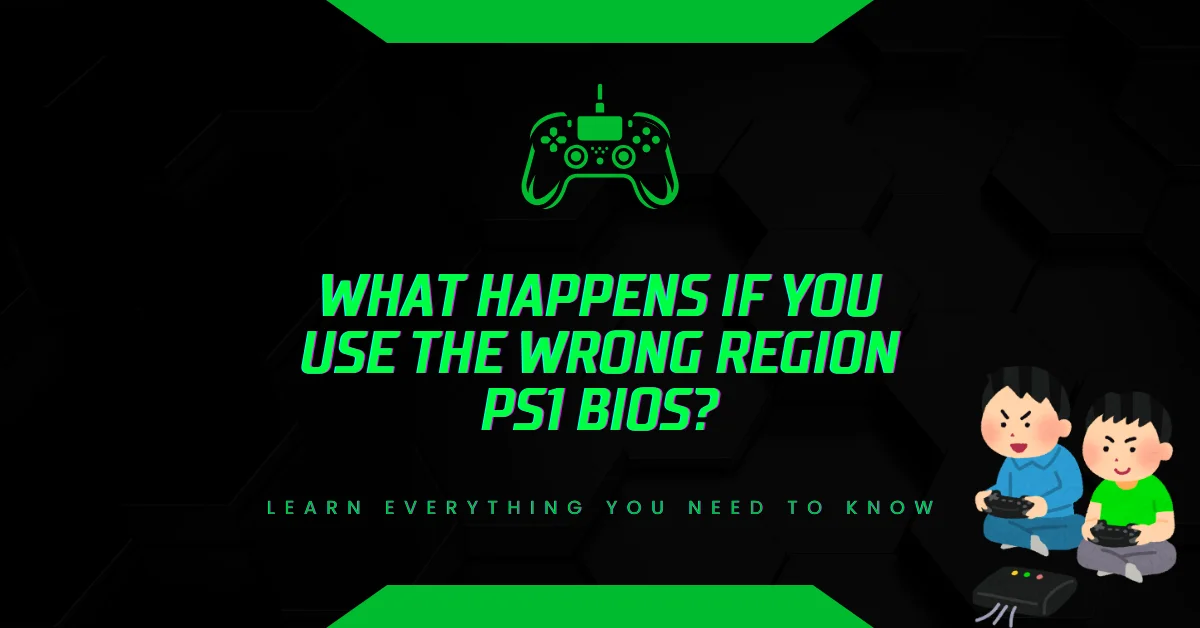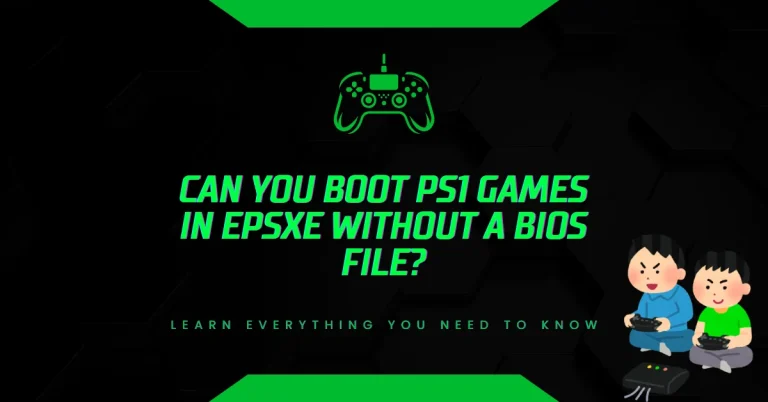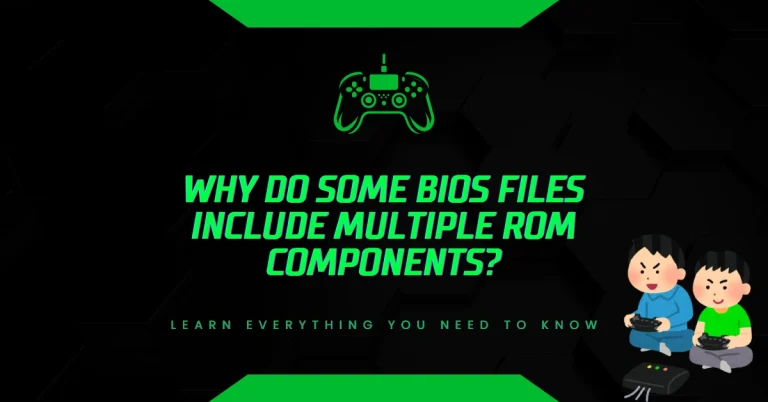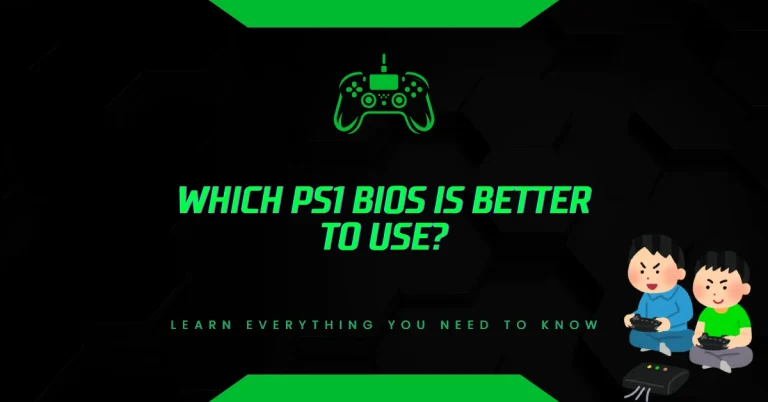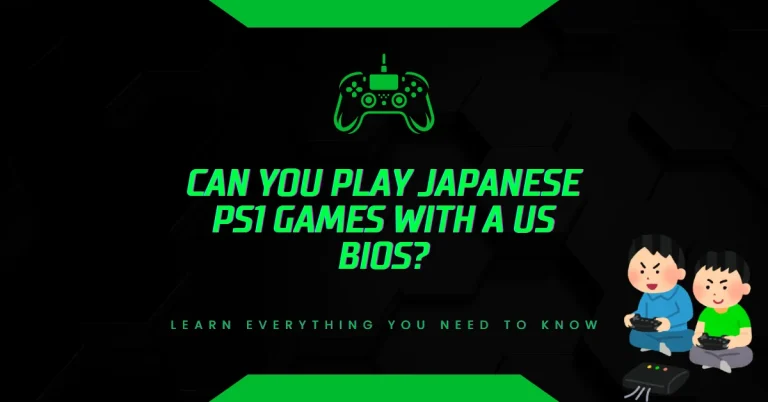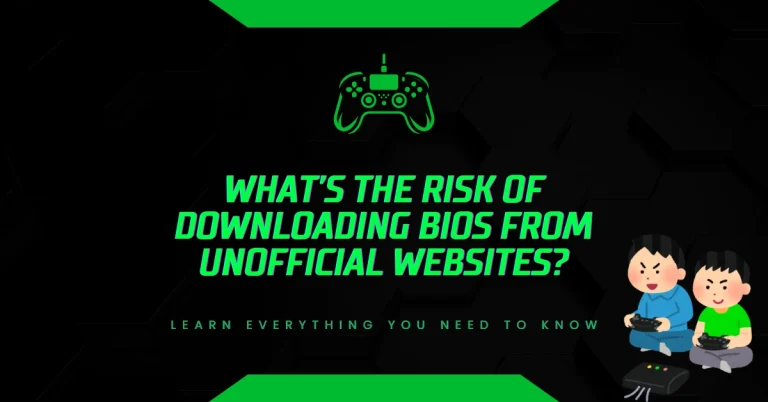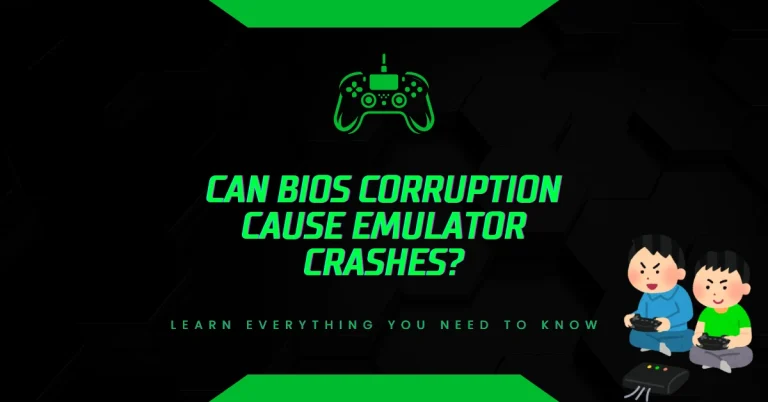What Happens If You Use the Wrong Region PS1 BIOS?
Have you ever tried running a PlayStation game on your emulator only to face a black screen, sudden crash, or strange audio glitches?
The issue might not be the game it could be the wrong region PS1 BIOS. But why does this mismatch cause so many problems, and how can you fix it?
Understanding the Role of the PS1 BIOS
The BIOS (Basic Input/Output System) in the original PlayStation is a critical system file. On real hardware, it handled essential startup functions and ensured the console could properly read discs. In emulation, the BIOS plays the same role by mimicking how the console loads and processes data.
A mismatched BIOS creates conflicts because every PlayStation game was tied to a specific region.
The region code tells the system which titles it can recognize and how to run them. If the BIOS doesn’t match the game’s region, the emulator struggles to replicate the correct environment, leading to errors.
Why Using the Wrong BIOS Causes Problems?
1. Region Locking in the Original Console
Sony implemented region locking in the PlayStation to control game distribution. This meant a North American console couldn’t play Japanese or European discs without modification. The BIOS was directly tied to this lock, so when emulating, the same restrictions apply.
2. Emulator Accuracy Depends on the BIOS
Emulators like ePSXe, DuckStation, and RetroArch rely on accurate BIOS files to recreate the PlayStation environment. If the BIOS doesn’t align with the game’s region, the emulator cannot reproduce authentic console behavior. This mismatch disrupts compatibility, stability, and performance.
3. Incompatibility Between Game and BIOS Regions
Games encoded for NTSC-U/C (North America), NTSC-J (Japan), or PAL (Europe/Australia) expect certain BIOS instructions. A BIOS from another region may interpret them differently or fail to load them entirely. The result: frequent errors that prevent smooth gameplay.
Common Issues With a Wrong BIOS Region
- Black Screen on Boot – The emulator loads but never displays the game.
- Unexpected Freezing or Crashes – Games may start but stop suddenly during menus or cutscenes.
- Audio Glitches – Background music or sound effects may stutter, lag, or desync.
- Poor Overall Performance – Frame rates can drop, making gameplay nearly unplayable.
- Save Data Problems – Memory card saves may not work correctly between mismatched regions.
These issues are not random; they directly stem from the BIOS failing to sync with the game’s coded expectations.
How to Fix BIOS Region Issues?
Step 1: Identify the Game’s Region
Before loading a game, confirm whether it is:
- NTSC-U/C (United States and Canada)
- NTSC-J (Japan)
- PAL (Europe and Australia)
This information is usually found on the game’s original case, disc, or file name.
Step 2: Use the Matching BIOS File
Download the BIOS version corresponding to your game’s region:
- SCPH1001.BIN → Common for North America
- SCPH5500.BIN → Common for Japan
- SCPH7502.BIN → Common for Europe
Each BIOS ensures games from its region load correctly.
Step 3: Place BIOS in the Correct Emulator Directory
Most emulators have a specific “BIOS” folder inside their system directory. Placing the file in the wrong folder prevents it from being recognized.
Step 4: Verify Emulator Settings
Within the emulator, check that:
- The correct BIOS file is selected.
- Video and audio settings align with the BIOS.
- Save and memory card configurations are properly assigned.
A quick configuration review often resolves persistent problems.
The Importance of Matching BIOS and Game Regions
Using the correct BIOS is not just about smoother performance it ensures full compatibility with PlayStation hardware standards. For example, PAL games run at 50Hz, while NTSC games run at 60Hz. Mixing regions without the right BIOS can create timing errors, frame skips, or even gameplay slowdowns.
By choosing the BIOS that matches the game’s region, you replicate the authentic console experience and avoid unnecessary frustration.
Final Thoughts
The PS1 BIOS is more than just a technical requirement it is the bridge that allows emulators to function like the original PlayStation. Using the wrong region BIOS disrupts this balance, leading to black screens, crashes, audio issues, and poor performance.
The solution is simple: match the BIOS to your game’s region. Once you do, you’ll enjoy smoother gameplay, accurate emulation, and reliable performance across titles.

Hi, I’m Leo Whitmore, author at bios-ps2.com. I’m passionate about gaming and tech. I love helping others enjoy retro gaming through simple guides and tools. Here, I share tips to make emulation easy and fun for everyone.
